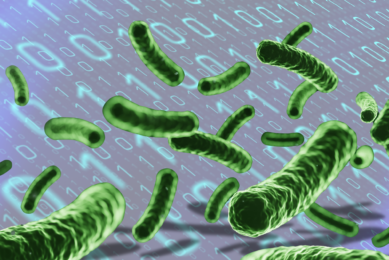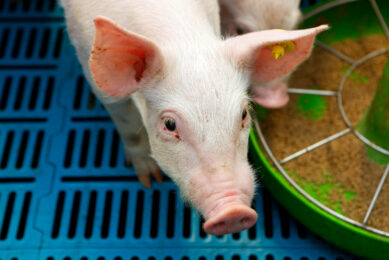European Probiotics Association revitalised

At Victam International in Cologne, Germany in May, the European Probiotic Association (EPA) organised a press conference to let the animal nutrition world know that it still exists and intends to revitalise the organisation after the tragic death of its founder and chairman Bruno Rochet in 2009. A newly installed scientific committee was also presented.
The European Probiotic Association (EPA) was founded in 1999 as a non-profit organisation for producers and distributors of probiotics that are authorised in Europe
understanding and manipulation of gut ecosystems to improve animal productivity while reducing the environmental impact of animal husbandry. He examined the effect of yeast and in particular Saccharomyces cerevisiaeon rumen pH and its ability to prevent rumen acidosis.
Rumen acidosis occurs when a cow ingests a large quantity of rapidly fermented carbohydrates. This leads to the production of volatile fatty acids by a wide range of rumen micro-organisms with an associated drop in pH. This process can turn into a spiral move when an overgrowth of Streptococcus bovis leads to the rapid accumulation of lactic acid and thus a further drop in pH and lactobacilli start to predominate leading to a further accumulation of lactic acid and a further drop in pH. In severe cases this leads to the death of the animal. In practice, however, this digestive disorder occurs in a chronic pattern also known as sub-acute ruminal acidosis (SARA), where rumen pH for periods drops below 5.5-5.6 but not below pH 5 and indeed may recover to above pH 6 later in the feeding cycle.The use of yeast as a probiotic is known to aid in avoiding SARA. Yeast cultures based on S. cerevisiae are widely used in ruminant diets. There are many strains and not all work. “Certain strains of S. cerevisiae can help prevent the decrease in rumen pH associated with feeding a cereal based diet and this appears to be associated with a decrease in rumen lactate concentrations,” Newbold said. Here it is also not clear how the yeast prevents the post feeding decline in rumen pH. Most studies have related the effect of S. cerevisiae on rumen pH and lactate accumulation to a selective stimulation in the growth and metabolism of lactate utilising bacteria in the rumen such as Megaspharera elsdenii and Selenomonas ruminantium. Newbold said: “Recent data from my laboratory using modern molecular techniques has shown that the addition of S. cerevisiae both prevented the post feeding drop in rumen pH and increased the numbers of Megaspharera and Selenomonas that could be recovered from rumen fluid.”
Probiotics The term “probiotic” was first used in scientific literature by Lilley and Stillwell (1965) to refer to substances secreted by one microorganism which stimulated the growth of another in contrast to how antibiotics perform. However, it took on a different terminology when Sperti (1971) used the term “probiotic” to describe tissue extracts that stimulated microbial growth. Parker (1974) defined probiotics as organisms and substances that contribute to the intestinal microbial balance. The most recent and accurate description of probiotics was undertaken by Fuller (1989) who redefined it as “a live microbial feed supplement beneficial to the host (man or animal) by improving the microbial balance within its body.” |











